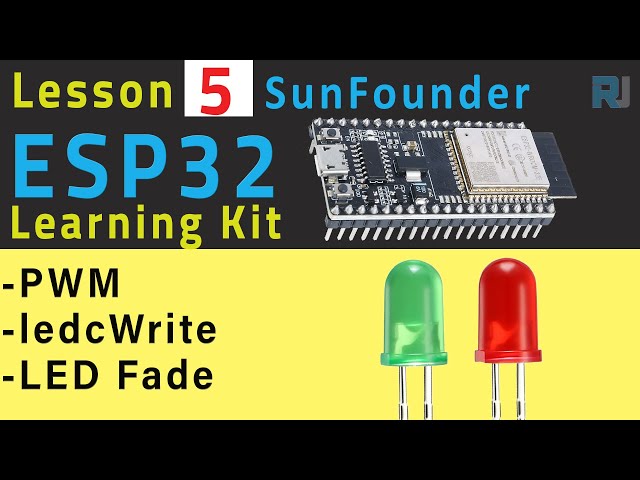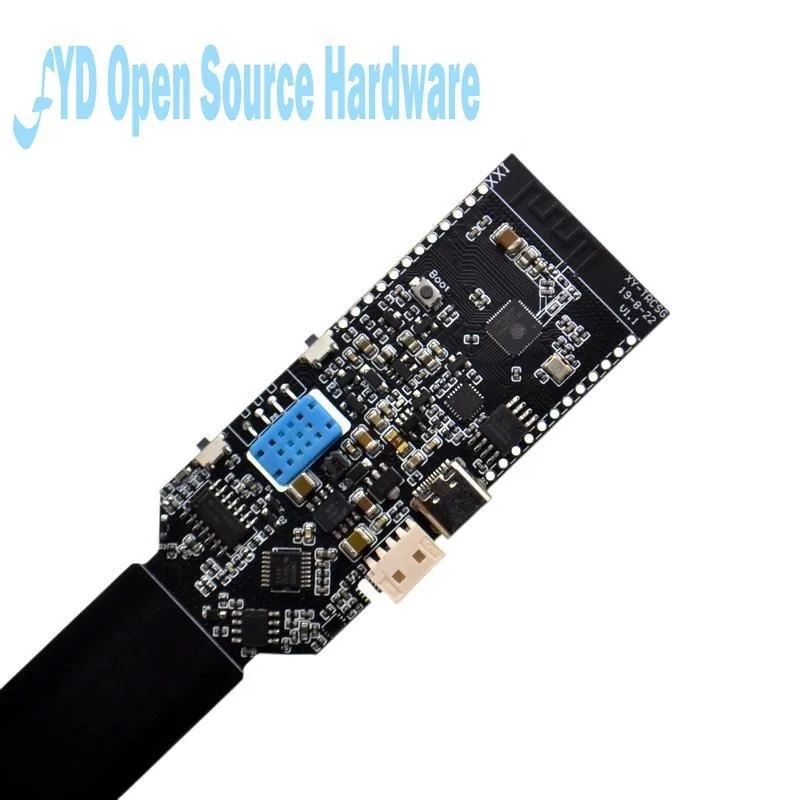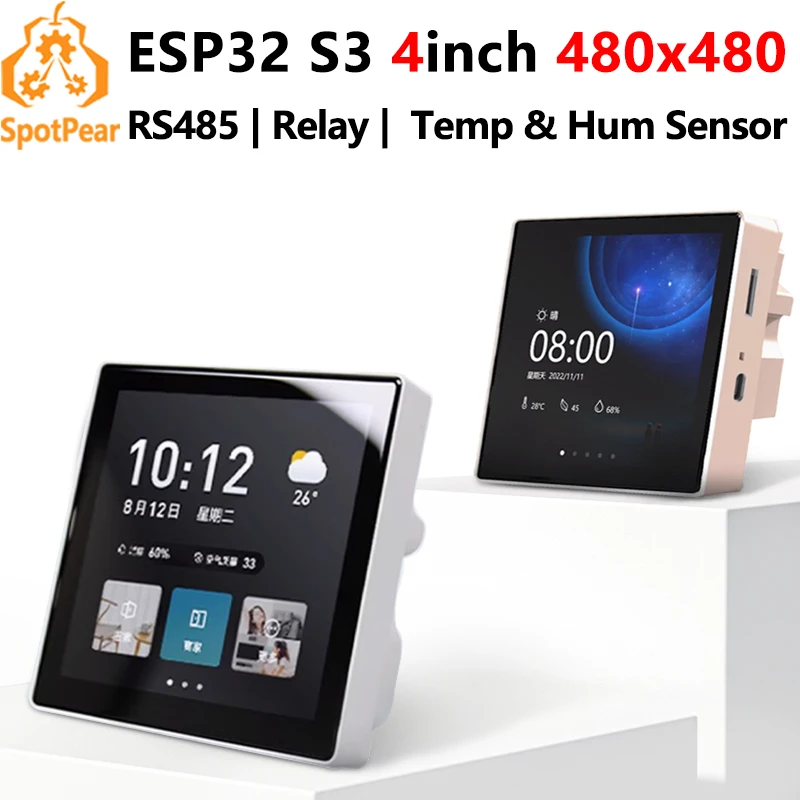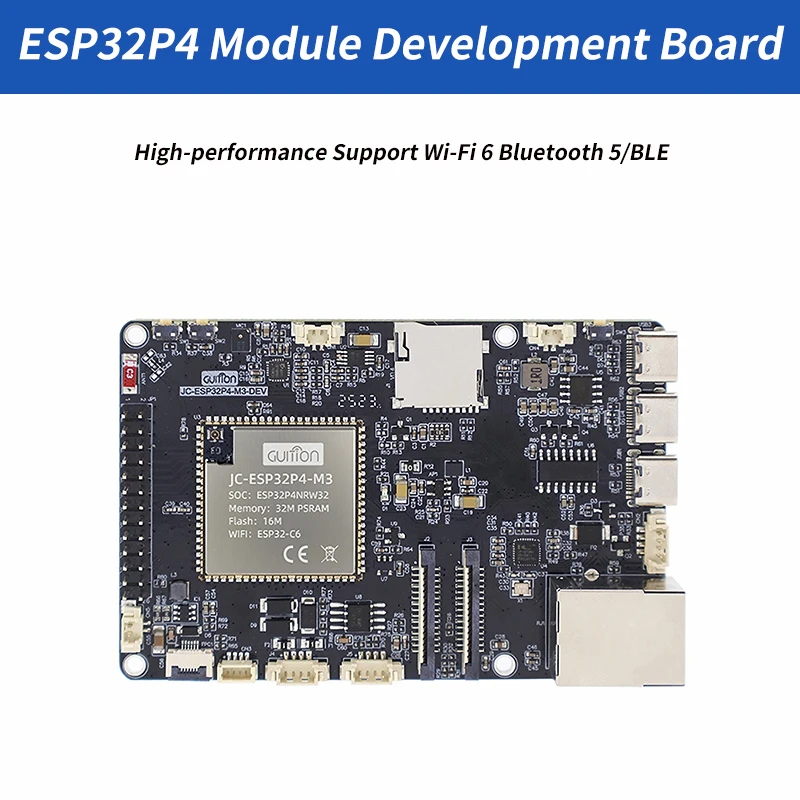
ESP32 Tutorial 5/55 - LED Fade, control brightness of an LED -ESP32 IoT Learning kit
This tutorial demonstrates how to control the brightness of an LED using an ESP32 microcontroller, specifically the SunFounder ESP32 IoT Learning Kit (in video at 00:04). This project is ideal for beginners learning about pulse width modulation (PWM) and its applications in controlling the intensity of light sources. The ESP32's built-in PWM capabilities allow for smooth, precise control, opening up a world of possibilities for creative projects.
Practical Applications:
- Creating ambient lighting systems with adjustable brightness.
- Building a simple nightlight with gradual fading.
- Developing a dynamic indicator light for various states (e.g., low battery, network connection).
- Integrating with other sensors and actuators to create complex interactive installations.
Hardware/Components
The project utilizes the SunFounder ESP32 Starter Kit (in video at 00:12), which includes an ESP32 microcontroller, an extension board, various components, and an 18650 lithium battery. You will also need an LED and a 220-ohm resistor (in video at 04:32).
Wiring Guide
Refer to the wiring diagram in the video (in video at 01:46 and 04:18) and the detailed explanation at timestamp 04:40. The wiring involves connecting the LED's anode to the resistor, the resistor to the ESP32's GPIO 26 pin, and the LED's cathode to ground.
LED in series with a 220 ohm resistor. Below is the wiring on breadboard.

Code Explanation
The Arduino code uses Pulse Width Modulation (PWM) to control the LED's brightness. The key configurable parts are:
ledPin: Defines the GPIO pin connected to the LED (in video at 09:41, set to 26). Change this if you use a different pin.fadeAmount: Controls the rate at which the LED's brightness changes (in video at 10:06). A higher value results in faster fading. The code automatically reverses the direction when the brightness reaches the minimum (0) or maximum (255) value (in video at 11:44).
const int ledPin = 26; // The GPIO pin for the LED
int brightness = 0;
int fadeAmount = 5;
void setup() {
ledcAttachPin(ledPin, 0); // Attach pin to PWM channel
}
void loop() {
ledcWrite(ledPin, brightness);
brightness = brightness + fadeAmount;
if (brightness <= 0 || brightness >= 255) {
fadeAmount = -fadeAmount;
}
delay(50);
}
Live Project/Demonstration
The video demonstrates the fading LED in action (in video at 14:51). The instructor shows how to adjust the fadeAmount variable to control the speed of the fade (in video at 15:16 and 15:51). The process of uploading the code to the ESP32 is also shown (in video at 14:20).
Chapters
- [00:00] Introduction and Project Overview
- [00:12] ESP32 Starter Kit Overview
- [01:46] Wiring Diagram and Explanation
- [02:03] Digital Signals and PWM
- [04:18] Wiring the LED
- [06:33] Code Explanation: Functions
- [09:11] Code Explanation: Fading LED
- [13:33] Uploading the Code
- [14:51] Live Demonstration and Adjustments





















Comments will be displayed here.